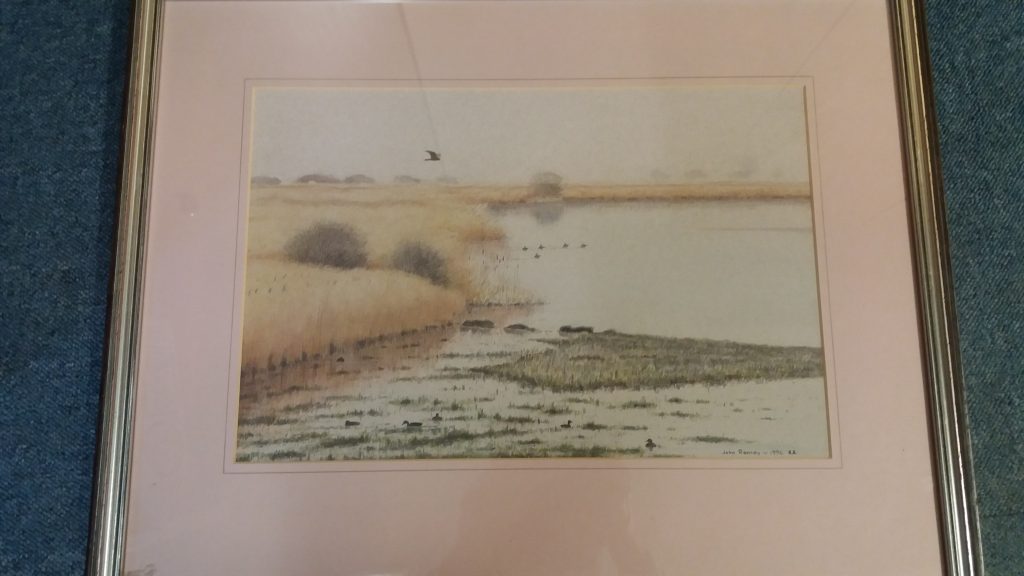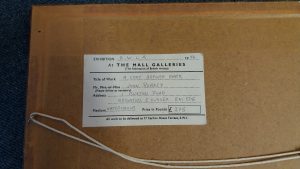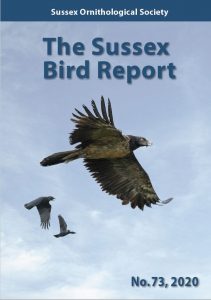|
Question |
Answer(s) |
| 1 |
What did they do differently that led to success [compared to the Fair Isle attempt]? |
This pioneering project only released four birds, juvenile mortality is high – approximately 40% survive to adulthood (five years old), unfortunately none of these birds are thought to have survived to adulthood. Subsequent projects not only refined release methodology but released a greater number of birds, however without this pioneering project things could be very different today. The reintroduction in Scotland is well-documented by a number of authors. |
| 2 |
Didn’t see the episode but i was told Countryfile showed a clip purporting to show a WTE taking a lamb in 2017. have I been misled? |
Conflict with livestock farming is not documented in the nearby Netherlands or other parts of north-western Europe, nor has it been documented to date following the Irish reintroduction. Conflict in Scotland has been reported, though the reasons behind this conflict are complex – one possible reason is the lack of naturally available prey in western Scotland. The project anticipates that white-tailed eagles will not come into conflict with livestock farmers here in southern England, as the landscape, land-use and natural prey availability is similar to that of the Netherlands. |
| 3 |
Where do they go in the non-breeding season? |
Territorial pairs typically occupy their home range throughout the year across most of lowland Europe. Some populations are more migratory, particularly in the far north of their range, where food is much less readily available during the winter months. Juveniles tend to be more nomadic throughout the year. |
| 4 |
I see that white tailed eagle was seen at Rye harbour nature reserve recently. Does this mean that they are nesting in the area or are they traveling long distance to feed? |
There are presently no breeding white-tailed eagles in England, the birds released on the Isle of Wight aren’t expected to start breeding until 2024. Juvenile white-tailed eagles wander great distances, the Isle of Wight released birds have been seen across much of England but there are also occasional Continental juveniles that appear from time-to-time. |
| 5 |
Why won’t the project reach 60 bird releases in 5 years? |
The project is licensed to release up-to 60 birds over a five-year period. To date the project has released 25 with two years left on the present licence. |
| 6 |
Is there a danger of WTEs trying and failing to replicate the artificial IoW “nests”? |
No, white-tailed eagles will not try to replicate the release aviaries. The same methods the project uses on the Isle of Wight have been used in successful reintroduction projects in Scotland and Ireland, where white-tailed eagles have re-established as breeding birds. |
| 7 |
Do they eat carrion? |
White-tailed eagles are generalist predators, taking what is most readily available in the environment. Carrion can be an important consituent of these birds diet, particularly for juveniles during their first winter. Across much of their range, fish is taken preferentially when available. |
| 8 |
We’ve had a lot of visits from G408 in the Arun Valley this year – is this a good sign that a pair will choose this location to breed? And when do you hope the first pair from the IoW scheme will breed? |
A number of white-tailed eagles from the project have spent time in the Arun Valley, hopefully in the not too distant future white-tailed eagles will breed in Sussex again, as to where, we will have to wait and see. First breeding is not expected until 2024 at earliest. |
| 9 |
Would the eagles be a threat to the white storks breeding at Knepp ? |
White-tailed eagles and white storks co-exist throughout many parts of Europe. |
| 10 |
Does the fact that the translocated birds are not fed by an adult bird affect the way they will provision their own young when they breed? |
The project replicates a wild nest as closely as possible, the juveniles collected are capable of tearing up their own food and at that age, adults will simply leave food in the nest for them. Other reintroduction projects in Scotland and Ireland have used the same methods and as a result, white-tailed eagles have re-established as a breeding species. |
| 11 |
Do you test the birds you translocate genetically so that there is variation in the translocated population? |
The project collects birds from as wide an area in Scotland as possible but it may be possible for an academic institution to investigate the relatedness released by the project. |
| 12 |
Where do the original reintroduction birds come from and is there sufficient genetic diversity? |
Juveniles are sourced from Scotland under licence from NatureScot, the population is still expanding in Scotland and now exceeds 150 pairs. This population was established from several reintroduction efforts, with birds sourced from Norway – one of the last strongholds for white-tailed eagles in Europe. |
| 13 |
At what point will you stop taking birds from nests and rearing/releasing them? |
Presently, the project holds a five-year licence from Natural England to release white-tailed eagles on the Isle of Wight, this licence was granted in 2019. |
| 14 |
The map showing where birds have visited on their explorations seemed to show that they’re not too impressed with Wales, any known reason for this? |
White-tailed eagles travel widely in their first few years before returning to their natal area to set up breeding territories. We hope an academic study using the GPS data may help us understand more about these journeys. The map in the presentation was only a snapshot of the data we have, one bird G318, a female released in 2019, visited north Wales earlier this year. |


 The latest Bird Report will be landing on members’ doormats very shortly! As well as the regular features including, among others, Review of the Year, Systematic List of all the species seen in Sussex in 2020 and Ringing Report there are special papers on:
The latest Bird Report will be landing on members’ doormats very shortly! As well as the regular features including, among others, Review of the Year, Systematic List of all the species seen in Sussex in 2020 and Ringing Report there are special papers on: